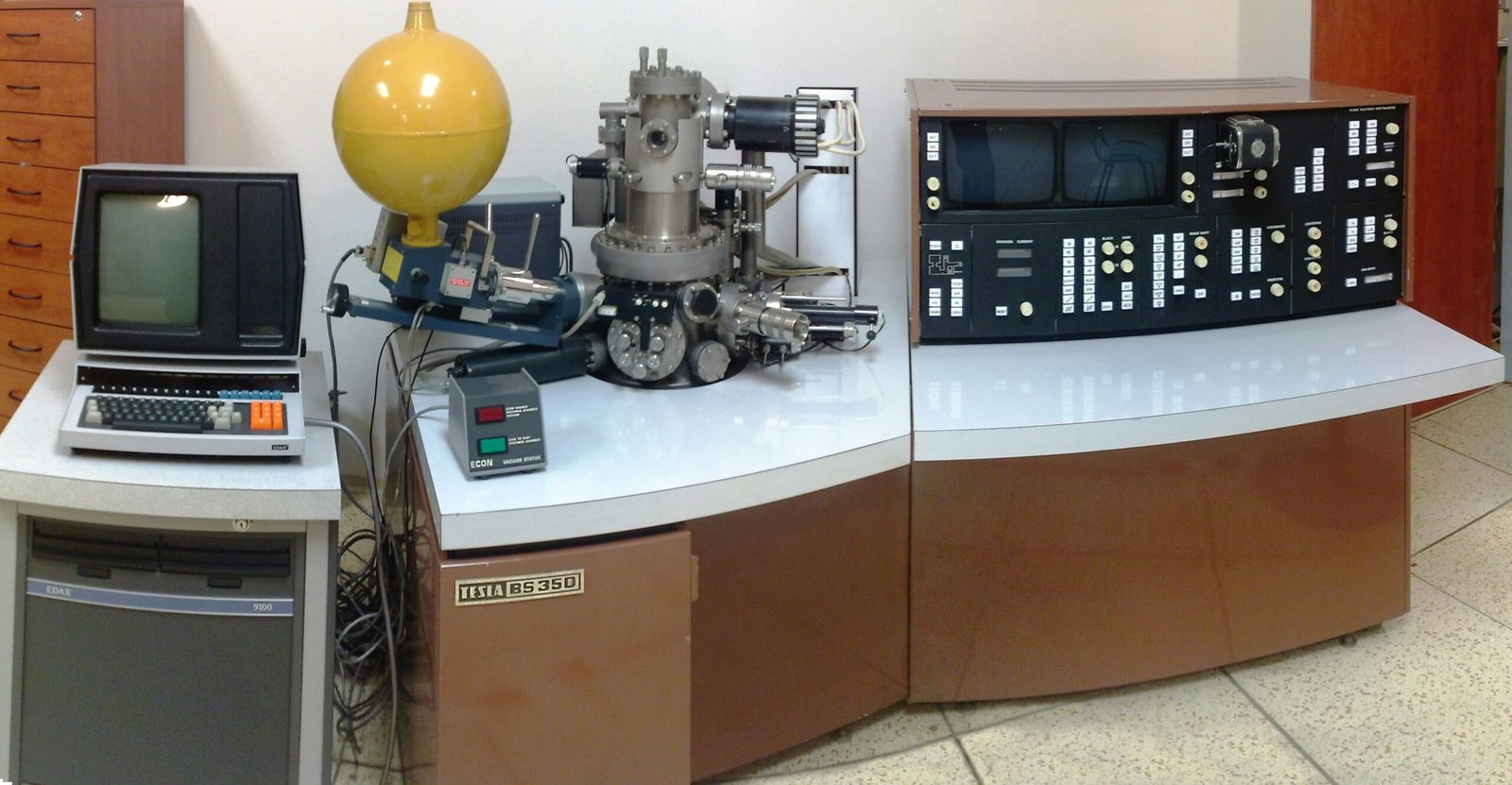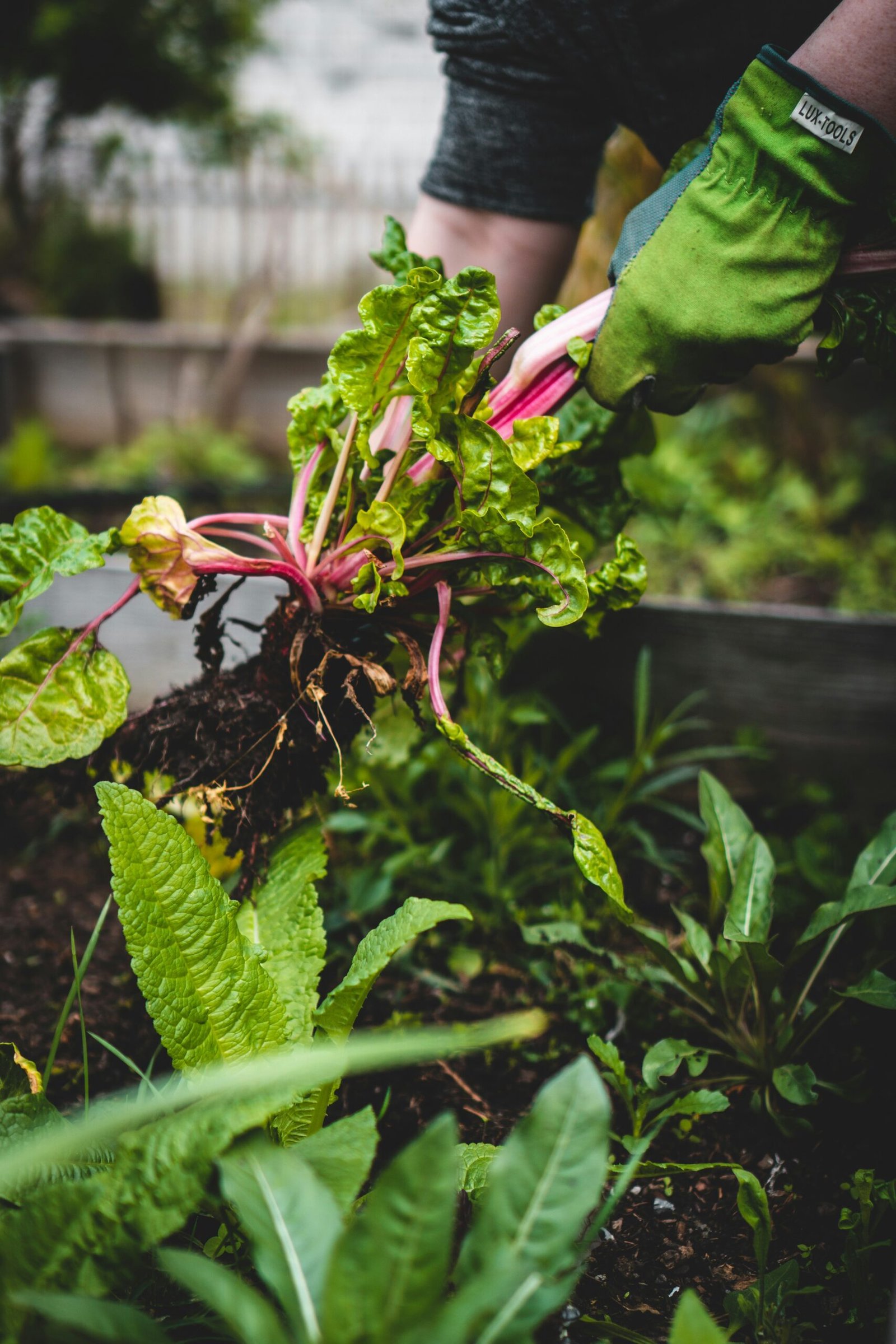Physicochemical Analysis in Plant Research
Physicochemical analysis in plant research refers to the systematic examination of the physical and chemical properties of plants. This multidisciplinary approach is vital for understanding various characteristics such as nutritional content, organoleptic properties, and phytochemical profiles, which play a significant role in agricultural and biotechnological applications. Through these analyses, researchers can gain insights into the biological processes affecting plant health, development, and adaptability to environmental changes. https://a.co/d/cwrybZY
The significance of physicochemical analysis extends beyond mere characterization. By assessing parameters like moisture content, pH levels, and mineral composition, scientists can evaluate the nutritional value of crops, leading to enhanced food security. Furthermore, examining phytochemicals—biologically active compounds found in plants—can unveil their potential health benefits and applications in medicinal research. As interest in functional foods and natural products increases, the relevance of physicochemical analysis becomes even more pronounced.
The objectives of conducting physicochemical analyses on plants are diverse. They aim to determine optimal growing conditions, enhance crop yields, and identify suitable species for specific agricultural practices. Additionally, this analysis aids in the development of novel strategies in biotechnology, such as genetic engineering or tissue culture, to improve desirable traits within plant species. It also plays a crucial role in environmental studies, helping to assess the impact of pollutants on plant life and ecosystem health.
In this intricate interplay of science and nature, physicochemical analysis serves as a foundational tool, directing research efforts towards sustainable agricultural methods and conservation strategies. The integration of these analytical techniques not only contributes to the scientific community’s understanding of plant biology but also fosters advancements in technology and environmental stewardship.
Key Physicochemical Analysis Techniques
Physicochemical analysis serves as an essential foundation for the study of plant materials, enabling researchers to elucidate the intricate composition of various compounds present within these organisms. Numerous techniques are employed in this field, each offering distinct methodologies and insights. Among these, spectroscopy, chromatography, and mass spectrometry stand out as pivotal methods.
Spectroscopy techniques, such as Ultraviolet-Visible (UV-Vis), Infrared (IR), and Nuclear Magnetic Resonance (NMR), are particularly beneficial in determining the electronic, vibrational, and magnetic properties of molecules. UV-Vis spectroscopy is often utilized to analyze the absorbance characteristics of plant pigments and secondary metabolites, facilitating the identification of compounds based upon their light absorption profiles. In contrast, IR spectroscopy provides vital information regarding the functional groups present in organic molecules by measuring the wavelengths of infrared light absorbed by the sample. Meanwhile, NMR spectroscopy furnishes detailed structural information at the atomic level, allowing researchers to determine the arrangement of atoms in complex molecules such as alkaloids and flavonoids.
Chromatography methods, including High-Performance Liquid Chromatography (HPLC) and Gas Chromatography (GC), are integral for the separation and quantification of compounds. HPLC is widely employed for isolating phytochemicals due to its ability to separate compounds in liquid samples effectively. This technique is essential for analyzing a variety of plant extracts. On the other hand, GC excels in analyzing volatile and semi-volatile compounds, providing valuable insights into the essential oils and other volatile metabolites present in plants.
Mass spectrometry (MS), frequently coupled with chromatographic techniques, is another powerful tool in physicochemical analysis. By determining the mass-to-charge ratio of ions, MS enables the identification and quantification of molecular compounds with high accuracy. This technique is particularly advantageous for exploring complex mixtures found in plant extracts, revealing the intricate profiles of phytochemicals.
Overall, the integration of these techniques significantly enhances the understanding of plant composition, providing valuable data for various applications in pharmacognosy, agriculture, and environmental studies.
Essential Tools and Equipment for Physicochemical Analysis
Physicochemical analysis is a critical component in the study of plant properties and processes. A variety of tools and equipment are employed to conduct these analyses effectively, ensuring accurate quantitative and qualitative data. Among the key instruments utilized in physicochemical analysis are spectrophotometers, chromatographs, and balances.
 Spectrophotometers are essential for plant analysis
Spectrophotometers are essential for plant analysis
Spectrophotometers are essential for measuring the absorbance or transmittance of light by a sample, which provides insight into its concentration and chemical composition. These devices operate on the principle that different substances absorb light at specific wavelengths. By utilizing spectrophotometry, researchers can determine the presence of various phytochemicals, including chlorophyll and phenolic compounds, making this tool invaluable in plant studies.
Chromatography, through instruments like gas chromatography (GC) and high-performance liquid chromatography (HPLC), facilitates the separation and identification of individual compounds within complex plant matrices. These analytical techniques allow scientists to examine the chemical diversity of plant extracts and evaluate their pharmacological properties. Advancements in chromatography, such as the development of more efficient stationary phases and detection methods, have significantly enhanced the resolution and speed of physicochemical analyses.
Balances are another fundamental piece of laboratory equipment used in physicochemical analysis. Precision balances allow for accurate measurement of sample weights, which is critical for preparing standardized sample solutions and ensuring reproducibility in experimental results. Modern digital balances often include features like internal calibration and user interface systems, which streamline the process of weighing samples and enhance overall laboratory efficiency.
In recent years, advances in technology have led to the introduction of automated systems and sophisticated software that improve the accuracy and efficiency of physicochemical analysis in plant research. Integration of robotic systems for sample handling and data acquisition can minimize human error and expedite the analysis process, ultimately contributing to more reliable research outcomes. Thus, the combination of these essential tools and emerging technologies significantly impacts the quality of physicochemical research in the field of plant sciences.
Applications of Physicochemical Analysis in Botany and Agriculture
The integration of physicochemical analysis in botany and agriculture is pivotal in enhancing understanding and productivity in these fields. This multifaceted approach is applied in assessing plant health, where various instrumental techniques help in diagnosing nutrient deficiencies and physiological disorders. By analyzing leaf chlorophyll content, nutrient profiles, and stress markers, agronomists can effectively tailor interventions to optimize crop performance.
Another critical application lies in soil analysis, which involves the examination of physical and chemical properties of soil to improve agricultural output. Physicochemical analysis allows for the determination of soil pH, electrical conductivity, nutrient availability, and soil texture. This information empowers farmers to implement more precise agronomic practices, thus leading to improved soil health and productivity. For instance, precise soil nutrient mapping has been shown to foster more appropriate fertilization strategies, minimizing waste and environmental impact.
Nutritional studies are also enhanced through physicochemical methods, whereby the nutrient content of various crops is meticulously analyzed. Methods such as spectroscopy and chromatography facilitate the determination of macronutrients and micronutrients, thereby supporting the identification of nutrient-rich varieties. Such studies are instrumental in breeding programs aimed at developing crops with enhanced nutritional profiles, crucial for addressing global food security and public health concerns.
Moreover, the extraction of bioactive compounds from plants is a growing area of interest. Various physicochemical techniques, including solvent extraction and chromatographic methods, are employed to isolate compounds with beneficial health effects, such as antioxidants and anti-inflammatory agents. These bioactive compounds are essential in the development of functional foods, contributing to overall consumer health and wellness.
Several case studies illustrate the success of these methods. For example, research has shown that applying physicochemical analysis during crop selection can significantly enhance yield and resilience to pests and diseases. Overall, the application of physicochemical analysis is transformative, offering a robust toolbox for enhancing sustainability and productivity in botany and agriculture.





Analyzing Chlorophyll And Carotenoid Content In Plants: A Practical Guide
[…] Physicochemical Analysis For Plant Studies […]